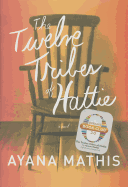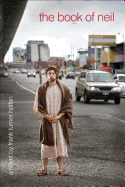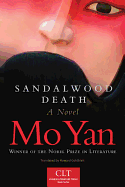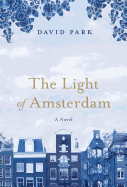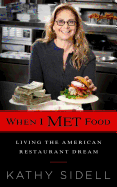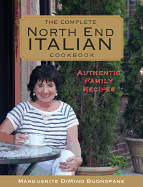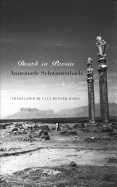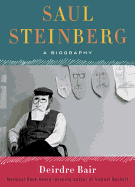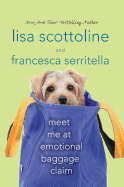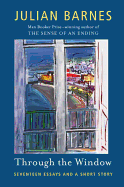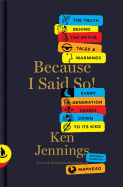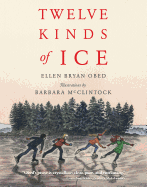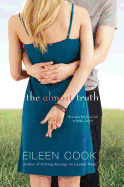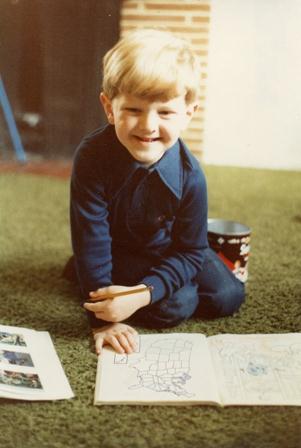 |
| Author Ken Jennings (photo: Cathy Jennings) |
|
Ken Jennings, best known for his lengthy winning streak on Jeopardy, takes on the myths and rules passed down by generations of parents in his newest book, Because I Said So!: The Truth Behind the Myths, Tales, and Warnings Every Generation Passes Down to Its Kids (Scribner; reviewed below). Jennings examines the scientific evidence for a number of these parental rules--e.g., don't swim for an hour after eating--and judges the accuracy of each one with a true/false scale and a healthy dose of humor.
What inspired you to write on this topic? Do you have any experiences breaking the rules you got from your parents, only to find out they were right or wrong?
The book was born a couple years ago when my son, Dylan, who was then six, was running around with a lollipop sticking out of his mouth. I told him to sit down, because if he fell, the lollipop could puncture the back of his throat and go straight into his brain. He was fascinated by this idea. "Could it REALLY?" I realized I had no idea, so I appealed to my mom, who had always terrified us with this same warning when I was a kid. She admitted, "I have no idea. I heard it from Grandma when I was a little girl!" That's when I realized that these stories propagate for generations without anyone actually fact-checking them. But parents still have to act 100% sure about them, that's what I love. Kids are like bears, you can't show any uncertainty or they'll pounce. I decide I would write a book that would do the fact-checking for you, so parents could actually be sure and right. Also, kids of all ages would know when they'd been lied to.
How did you compile such a large list of parental warnings? How much is from your own family, and how much from other sources?
The list started with my own childhood, of course, but that well ran dry when I got to about 50 myths. At that point, I started bugging friends (and acquaintances, and people sitting next to me on airplanes...) for their own parenting clichés, because I wanted at least 50 more in the book. Turns out this isn't something you can really research at a library--it has to be anecdotal data. Towards the end, I got desperate and outsourced the question to the Internet. In particular, the hivemind at Reddit.com was very helpful. But I look at the book now, and I recognize at least 75% of the material from my own childhood. My parents were huge nags, I guess.
What was the best experience in writing this book?
The kids really liked the myths we tested firsthand. We wanted to see how big a mess you could really make with shaken-up soda cans, so we went out to the backyard with a 24-pack. My son held the stopwatch, and my daughter held the umbrella. We felt like Ben Franklin with the kite, real guerrilla science. SPOILER WARNING: soda explosions just don't happen anymore, for whatever reason. Give the can 10-15 seconds to "rest," and it'll open like it was never shaken at all. (Also, tapping on the top of the can doesn't do a damn thing.)
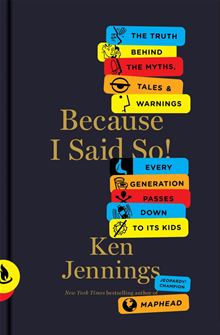 What was the most challenging part about writing it?
What was the most challenging part about writing it?
I'm discovering the repercussions of writing this book are only beginning. Here is what happens at least once a week at our house now. My wife: "Stop reading in the dark, kids, it's bad for your eyes!" Me (not looking up from phone): "No, it's actually not. Go right ahead, kids." She says I am undermining her parenting, but IT'S NOT ME, HONEY. IT'S SCIENCE. Actually, now it's even worse than that, because my son just read the book cover to cover. So now he's the one saying, "I don't have to sit up straight. It's in Dad's book." So this may be the book that saves millions of childhoods but ends my marriage.
What's your go-to "because I said so" with your own kids?
Writing the book, I found that the research for "go to bed early" is pretty iffy. Some people are just night-owls, and a lot of studies show that evening sleep isn't inherently more virtuous than early-morning sleep. But I still make my kids go to bed at 8:30--or whatever time they're starting to annoy me, really. I tell them it will extend their lives, and, luckily, they haven't asked too many follow-up questions about that yet.
Oh, I also tell them that the car doesn't run if they sing along with the radio. This is not supported by science, as far as I can tell.
Do you have any holiday-themed "because I said so" warnings or traditions?
My parents always told us poinsettia leaves were poisonous, have you heard this one? Not true at all--apparently it goes back to a single misdiagnosis in Honolulu in 1944. So eat all the poinsettia you like, kids. Also, there's never been a single recorded case of anyone getting sick from eating snow.
What's your next project?
I'm writing a series of children's books for Simon & Schuster at the moment. Amazing-true-facts books, which I couldn't get enough of when I was a kid. I told them my only demand was that the book prominently feature an owl wearing glasses and a graduation hat. Kids just trust owls wearing glasses and graduation hats, I don't know why but they do. --Rob LeFebvre, freelance writer and editor
Ken Jennings: It's Science. Really.
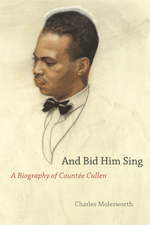 If you are familiar with Countée Cullen, you'll be drawn to And Bid Him Sing by Charles Molesworth (University of Chicago, $30), the first comprehensive biography of "the poet laureate of Harlem." If you are not familiar with the poet whose most familiar line may be "What is Africa to me?" you will be drawn to the book by the cover: Winold Reiss's striking pastel portrait. --Marilyn Dahl, book review editor, Shelf Awareness
If you are familiar with Countée Cullen, you'll be drawn to And Bid Him Sing by Charles Molesworth (University of Chicago, $30), the first comprehensive biography of "the poet laureate of Harlem." If you are not familiar with the poet whose most familiar line may be "What is Africa to me?" you will be drawn to the book by the cover: Winold Reiss's striking pastel portrait. --Marilyn Dahl, book review editor, Shelf Awareness



 What was the most challenging part about writing it?
What was the most challenging part about writing it? 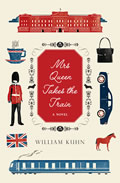 William Kuhn takes a quirky, fresh approach to this question in his debut novel,
William Kuhn takes a quirky, fresh approach to this question in his debut novel, 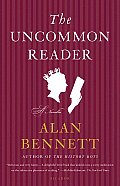 Kuhn slips in a sly reference to another fictional portrait of the queen: Alan Bennett's charming novella The Uncommon Reader. Discovering a bookmobile on the palace grounds one day, the queen (accompanied by her corgis) stops in to investigate. Feeling duty-bound to check out a book, she surprises herself and the royal household by becoming an avid reader, interrupting her packed schedule to steal a few more pages and upsetting everyone from her husband to the Prime Minister.
Kuhn slips in a sly reference to another fictional portrait of the queen: Alan Bennett's charming novella The Uncommon Reader. Discovering a bookmobile on the palace grounds one day, the queen (accompanied by her corgis) stops in to investigate. Feeling duty-bound to check out a book, she surprises herself and the royal household by becoming an avid reader, interrupting her packed schedule to steal a few more pages and upsetting everyone from her husband to the Prime Minister.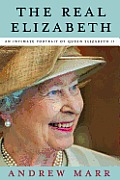 For a more factual but equally interesting look at the queen, Andrew Marr's biography promises to show readers
For a more factual but equally interesting look at the queen, Andrew Marr's biography promises to show readers 